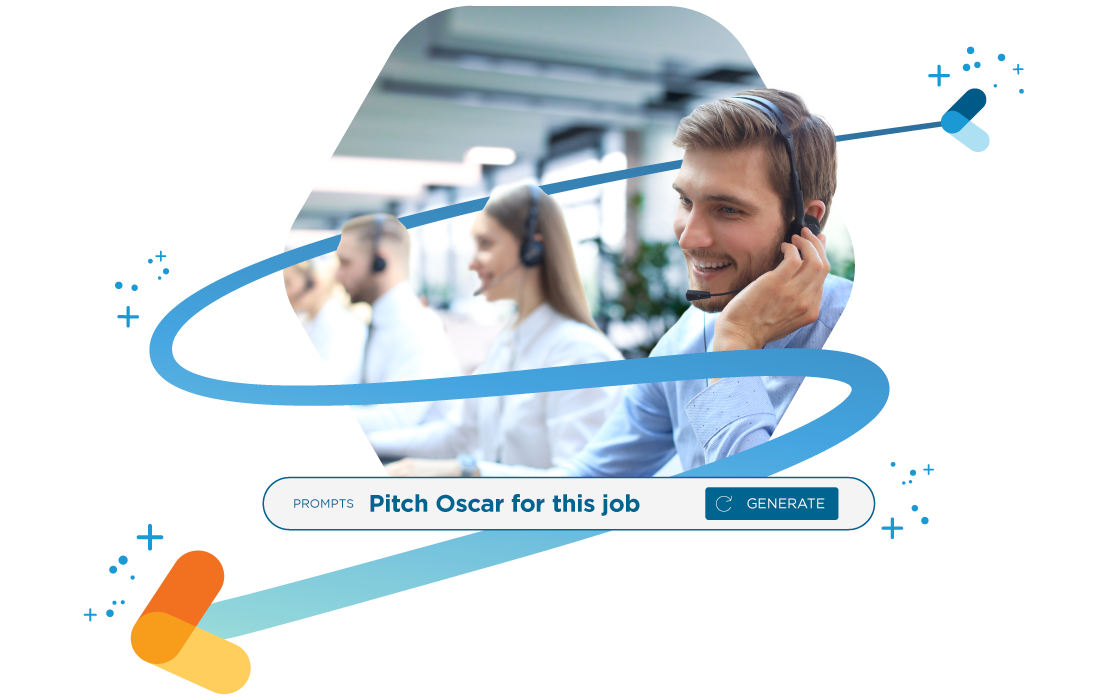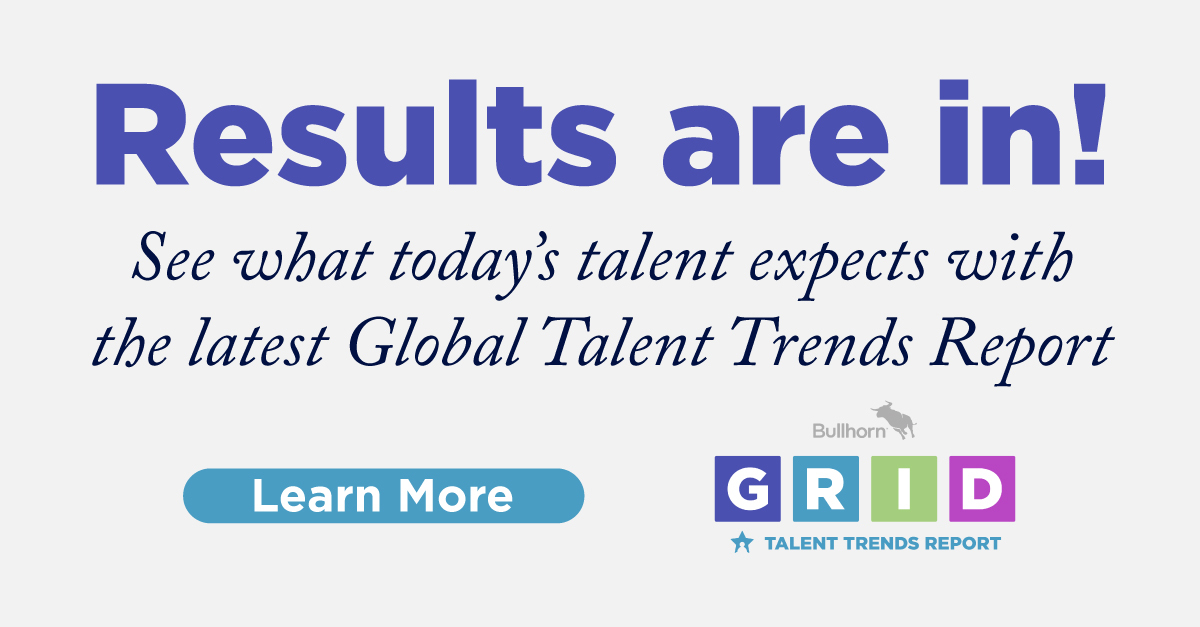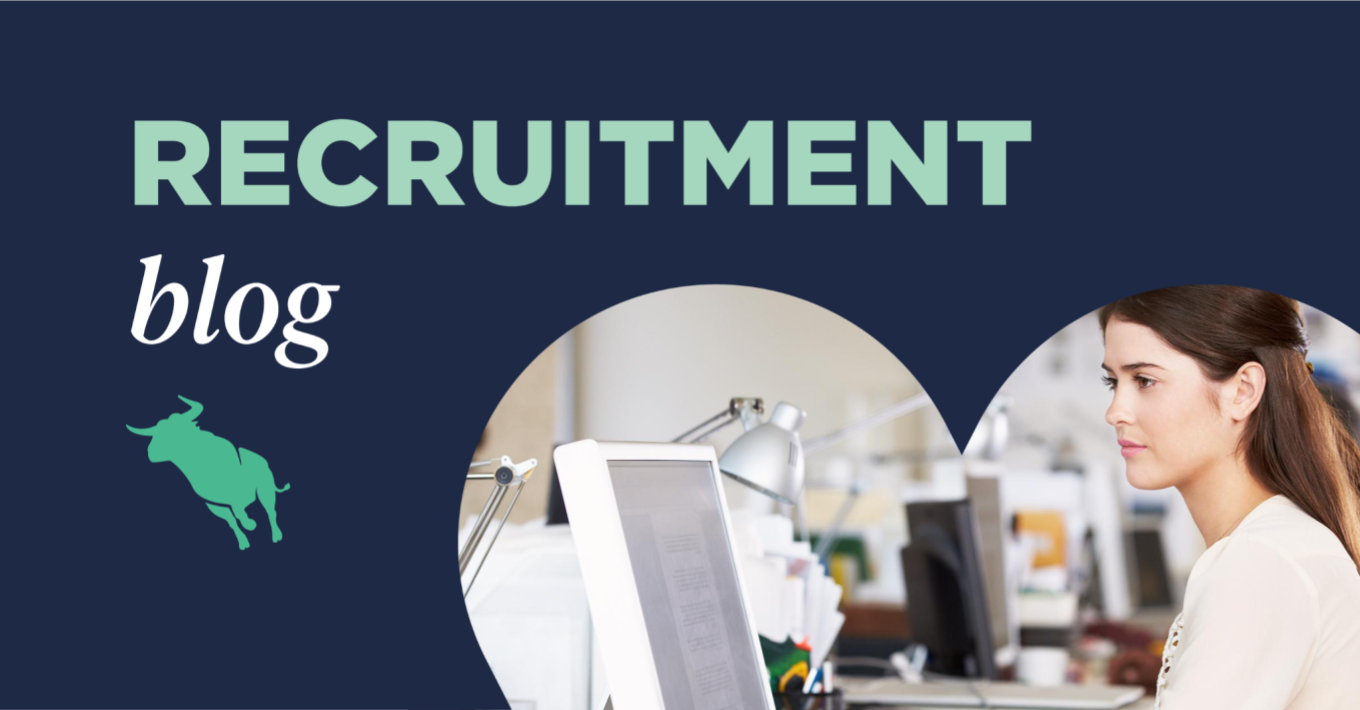10 Business Takeaways from Dr. Lisa Coleman on The Organisational Case for Diversity

Last week, we hosted a webinar on The Organisational Case for Diversity. This session was the first of three RIX on Race: DEI in Practice sessions that will address the societal and organisational case for diversity, examine the business implications of diversity, equity, and inclusion (DEI) and how to actively craft corporate DEI programs, and finally, convene a panel of staffing industry leaders to discuss the practical lessons from the field on implementing DEI programs in recruitment.
The Organisational Case for Diversity featured Dr. Lisa Coleman, Senior Vice President for Global Inclusion and Strategic Innovation at New York University, and formerly the Chief Diversity Officer at Harvard University and senior GID executive at Tufts University. This session covered a range of topics including the reality of unconscious bias and how to address it, what defines diversity, and the essential role of inclusion in propagating systemic change.
Read on for 10 key takeaways from Dr. Coleman for staffing, recruitment, and tech businesses to further develop and build their own DEI strategies:
On managing the candidate search process:
“How do you mitigate bias during the search process? You need to analyse your organisation, your culture and climate, your historical recruitment practices, and your historical promotion practices. This allows you to look at your organisation and see where you are now, where you were in the past, and where you want to be in the future.”
On iterating on DEI practices:
“For any organisation, you have to test your DEI policies, practices, and procedures to see if they’re effective. Sometimes you have to iterate on them. Some think that if you create a diversity and inclusion platform, it will last forever, but that’s not true. You should always think and design for the future.”
On employee resource groups:
“You need to leverage your employee resource groups (ERGs). Establish them, address the challenges, maintain the momentum, and update and measure how you’re using the employee resource groups. Then what you can do is utilise the people within your organisation to develop metrics that can help you deliver the appropriate strategies for your diverse constituents.”
On shifting your organisational culture:
“Just hiring an individual or individuals doesn’t necessarily shift your organisational culture. If you bring a number of women in, will that change the culture of your organisation? Not necessarily. What you end up having is something called a revolving door – you bring in 4 women in 2006 and in 2016, you have 4 women. They’re not the same women, but it’s because you haven’t shifted the culture in which those women have entered and you haven’t leveraged your ERGs to find out what is preventing women from being promoted or finding it a hospitable environment. Those are the kind of analytics that you want to dive into.”
On how to get started with DEI:
“You have to assess where you are on the diversity, equity, and inclusion journey. Do an internal assessment with some external questioning. What you need to know is not just who your internal people think you are but who do your peers think you are? Once you’ve gathered the analytics, you can determine what your next steps are. Is it to run a campaign? Is it to enhance your networks? Do you need to evaluate your promotions?”
On building a DEI strategy:
“Diversity, equity, and inclusion are like a building. If you’re putting a building together, you have diverse pieces that you need. But how you include those pieces will determine whether that building falls down or not. How you put them together determines the weight and structure and that’s about power and unbalance.
“As you’re building the building you need to think about access: can people get into the building, can they get up and down the floors, can they access the elevators? That’s about equity. You can’t build a building without diversity. You can’t have just one beam, you need lots of beams and lots of different kinds of beams. Thinking about DEI this way allows you to think about how you’re building your organisation.”
On internal bias in your organisation:
“The first thing to think about when identifying bias is how people move within your organisation because that will tell you what people’s perception of bias is. If someone perceives that they can’t move up or across, then they perceive there is some sort of bias that is limiting their movement. That’s the first diagnostic that I suggest. Then, you can figure out what signals you’re sending out and how you can send better signals or create better policies or practices to allow for more mobility.”
On how to be your authentic self at work:
“How do you show up to work as your authentic self? You need to determine who your supports are at work, how you are working with leadership, and who are the peers that support you individually and in your work. From there, you can expand your networks once you’ve developed that ‘posse’ at your workplace that can help you navigate those systems and be your authentic self.”
On highlighting organisational DEI efforts without self-promoting:
“You have to know what you’ve done in the past and be able to talk about it, regardless of if the effort was successful. Be the model of success. Get up, try again, learn from your mistakes, and be authentic.”
On what not to do as an organisation:
“Don’t just partner with one organisation and think that it will solve your problems. Don’t assume that a once a year, one hour program will change your organisation. Systemic and transformational change doesn’t happen in 1-3 hours. You need to have systemic and sustained efforts going forward.”
To hear more of Dr. Lisa Coleman’s insights and advice on how to start and build a DEI strategy within your organisation, view the webinar recording here. Please note that this recording will no longer be available after 24 September, 2020.








